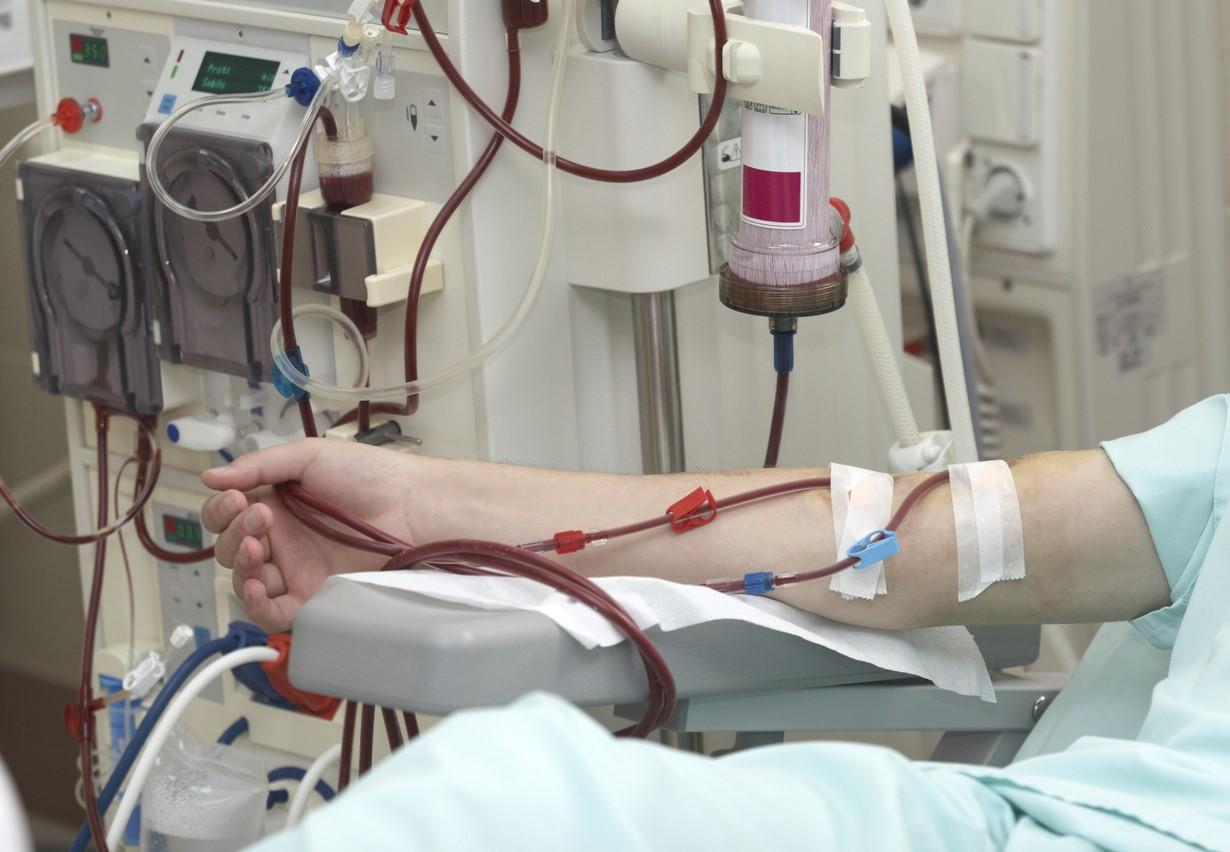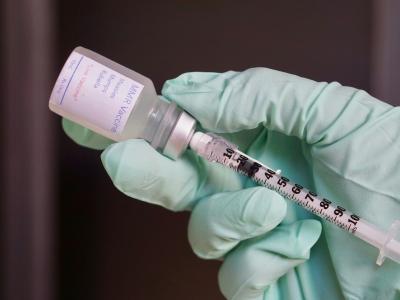
The common cold may help protect against COVID-19, which may partially explain why children, who are especially vulnerable to most viral respiratory infections, generally have milder SARS-CoV-2 infections than adults, National Jewish Health–led researchers write today in The Journal of Infectious Diseases.
The investigators tested 10,493 repeat nasal swabs from 1,156 US children and adults in the Human Epidemiology and Response to SARS-CoV-2 (HEROS) cohort for 21 respiratory pathogens. They also performed RNA sequencing on 147 swabs from 144 participants taken before COVID-19 infection and 391 swabs from 165 participants before and during rhinovirus infection, which frequently causes the common cold.
"To determine the relationships between prior rhinovirus infection, subsequent SARS-CoV-2 risk, airway antiviral gene expression, and age, we leveraged data from the HEROS cohort, a prospective surveillance study of SARS-CoV-2 in households with children and teens, conducted from May 2020 to February 2021," the researchers wrote.
Rhinovirus also tied to lower SARS-CoV-2 viral load
Participants infected with rhinovirus in the previous 30 days were at a 48% lower risk for COVID-19 (adjusted hazard ratio, 0.52). Among COVID-infected participants, recent rhinovirus infection was tied to a 9.6-fold lower SARS-CoV-2 viral load, or amount of virus in the body, an indicator of infection severity.
Rhinovirus infections, which trigger increased expression of antiviral airway genes, are linked to a lower risk of SARS-CoV-2 infection.
Higher pre-infection expression of 57 genes, including 24 antiviral defense genes, was linked to a lower SARS-CoV-2 viral load, with rhinovirus infection triggering expression of 22 of the antiviral genes. Children expressed higher levels of the antiviral gene signature and were at a 2.2-fold higher risk for rhinovirus infection than adults.
Sensitivity analyses suggested that, compared with more distant and asymptomatic rhinovirus infection, recent and symptomatic infections were associated with greater reductions in COVID-19 risk.
"Rhinovirus infections, which trigger increased expression of antiviral airway genes, are linked to a lower risk of SARS-CoV-2 infection," the study authors wrote. "Frequent rhinovirus infections may enhance this protective gene profile, partially explaining why children experience milder SARS-CoV-2 infections compared to adults."


.jpg)










